The Saqqara necropolis, one of Egypt’s most iconic archaeological sites, continues to reveal its secrets. Recent excavations have uncovered a collection of tombs and burials spanning multiple dynastic periods, offering new insights into the ancient world. These discoveries have expanded the known boundaries of this sacred site, shedding light on its historical significance.
Discoveries from the 2nd and 3rd Dynasties
The joint Japanese-Egyptian archaeological mission unearthed four mastaba tombs, dating back to the late 2nd and early 3rd Dynasties (circa 27th century BCE). These tombs are characterized by their mudbrick construction and sloping sides, a hallmark of early Egyptian funerary architecture.
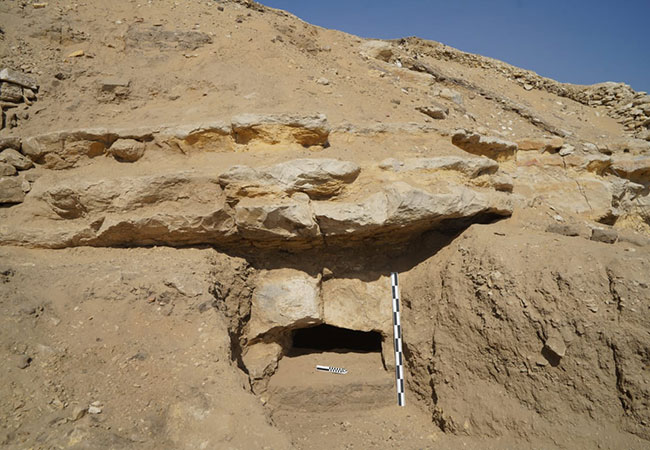
One particularly notable mastaba features an upper section constructed of mudbrick and a central rectangular burial shaft. Artifacts discovered nearby include an alabaster dish, a solid cylindrical vessel, and a limestone seal. These items are believed to originate from the late 2nd Dynasty, emphasizing the craftsmanship and funerary customs of the time.
Burials from the 18th Dynasty
In addition to the mastabas, the team uncovered over ten burials from the New Kingdom’s 18th Dynasty (circa 16th–13th century BCE). This period, known for its flourishing art and culture, also saw Memphis reemerge as Egypt’s capital. The burials provide evidence of Saqqara’s continued importance as a necropolis during this era.
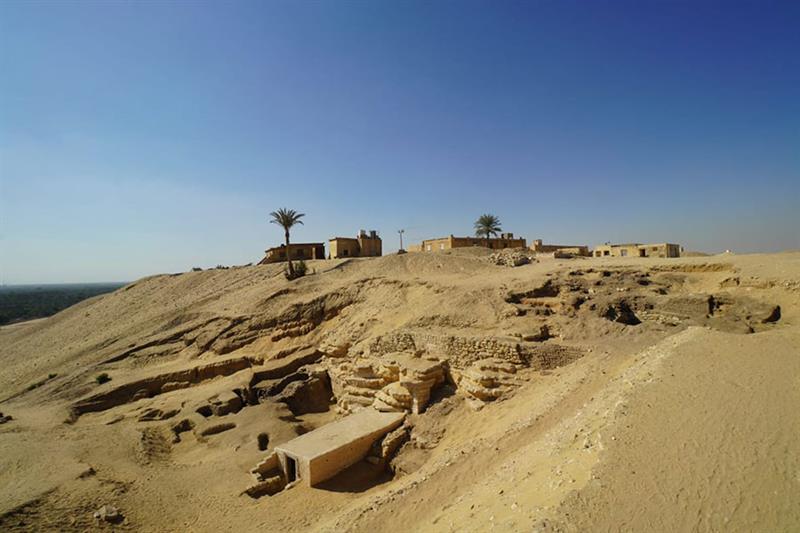
Expanding the Boundaries of Saqqara
The discoveries have significantly expanded Saqqara’s northern boundaries. This not only redefines the geographical scope of the site but also emphasizes its role as a continuous burial ground over millennia. Saqqara served as the final resting place for individuals ranging from early dynastic elites to New Kingdom inhabitants.
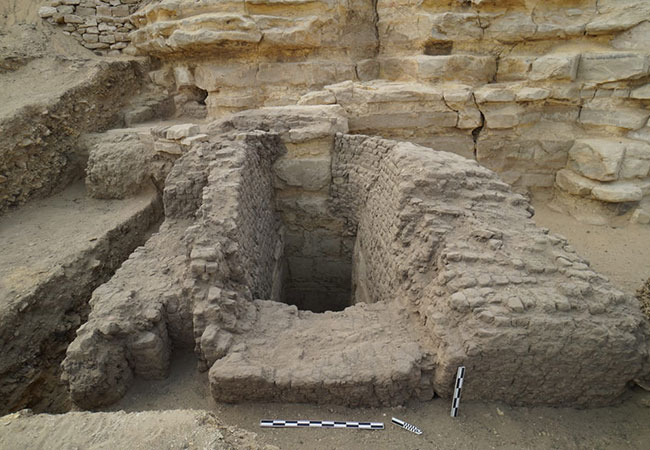
Cultural and Historical Significance
The diversity of these findings highlights the enduring cultural and religious importance of Saqqara throughout ancient Egyptian history. From early dynasties to the New Kingdom, the necropolis reflects evolving funerary practices and societal changes. The 2nd and 3rd Dynasties focused on grand, architecturally unique tombs, while the 18th Dynasty stands as a testament to the resurgence of Memphis as a political and cultural hub.
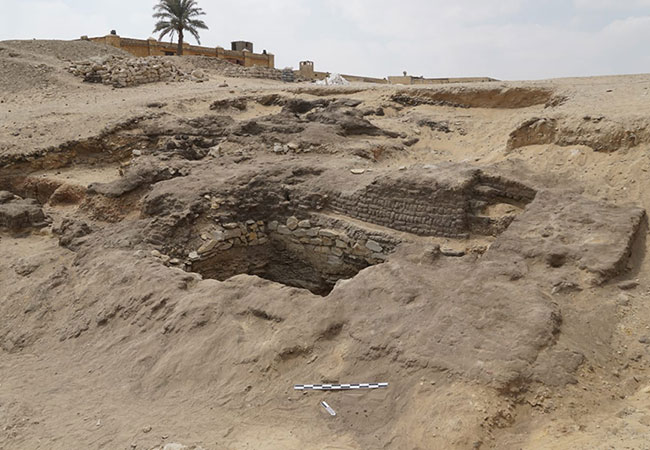
Looking Ahead: What Lies Beneath?
Archaeologists are optimistic about uncovering more secrets within Saqqara’s sands. Each new discovery offers a glimpse into the lives, beliefs, and practices of ancient Egyptians. Continued exploration is expected to deepen our understanding of how this site connected with broader developments in Egypt’s long and storied history.
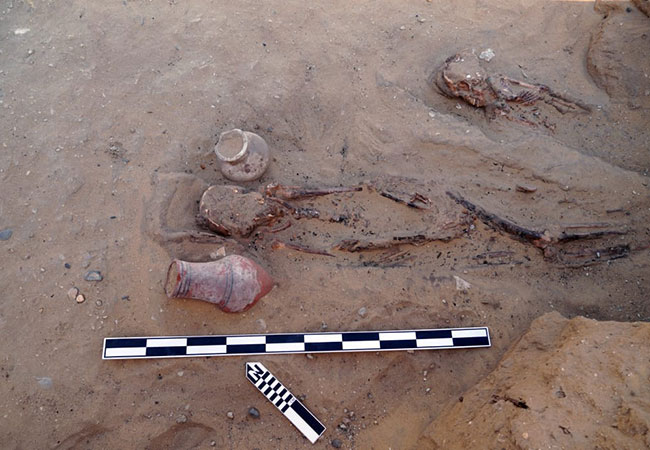
Saqqara, with its layers of history, remains a treasure trove of knowledge, reminding us of the rich tapestry of life and death in ancient Egypt.

